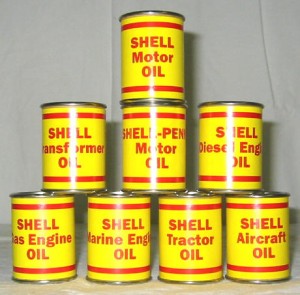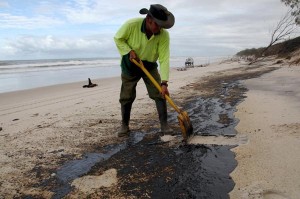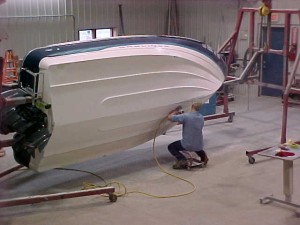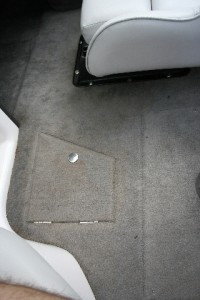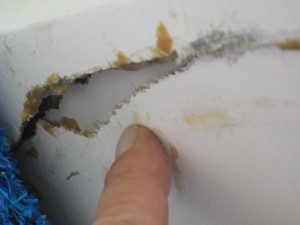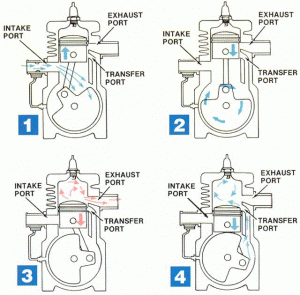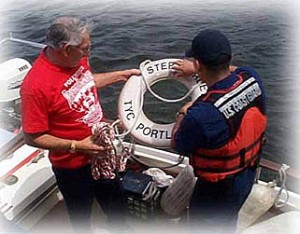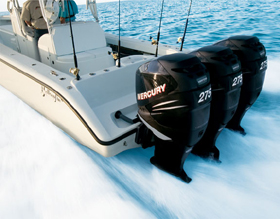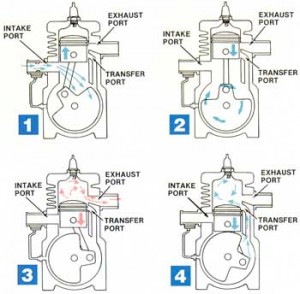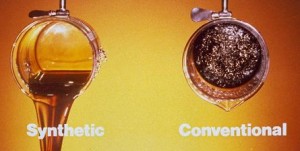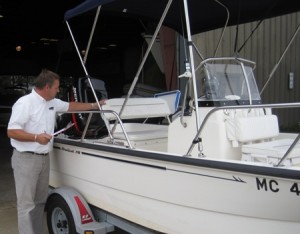Troubleshooting Evinrude 9.9 Outboard
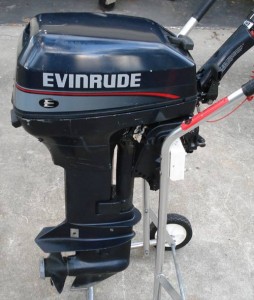 A popular marine engine for small boats is the Evinrude 9.9 hp outboard. Personally, I own a two-stroke version that operates like a dream. On occasion there may be a few hiccups, as there are with any engine, which requires some troubleshooting.
A popular marine engine for small boats is the Evinrude 9.9 hp outboard. Personally, I own a two-stroke version that operates like a dream. On occasion there may be a few hiccups, as there are with any engine, which requires some troubleshooting.
When troubleshooting, the four main areas to check are: gas tank, fuel line, carburetor, and fuel pump. You want to make sure that each of those areas is clean and without cracks. Although it is not one of the four areas, I pointed out, it can’t hurt to check the oil and replace dirty oil with Evinrude 2 cycle oil XD100, if need be.


